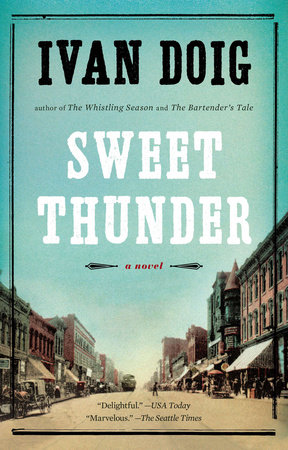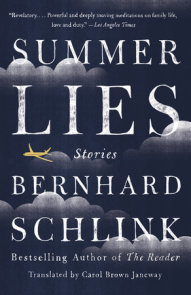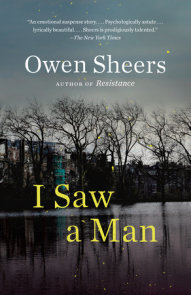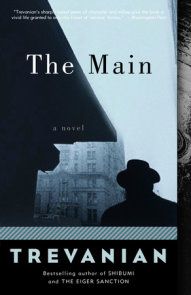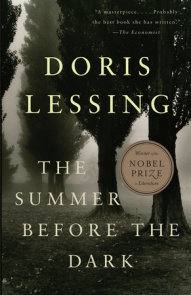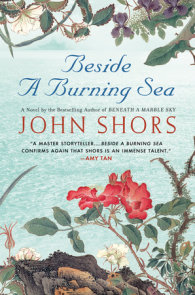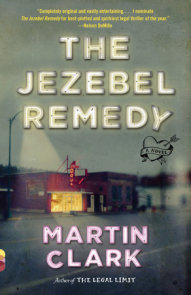READERS GUIDE
Questions and Topics for Discussion
INTRODUCTION
In the winter of 1920, a quirky bequest draws Morrie Morgan back to Butte, Montana, from a year-long honeymoon with his bride, Grace. But the mansion bestowed by a former boss upon the itinerant charmer, who debuted in Doig’s bestselling The Whistling Season, promises to be less windfall than money pit. And the town itself, with its polyglot army of miners struggling to extricate themselves from the stranglehold of the ruthless Anaconda Copper Mining Company, seems—like the couple’s fast-diminishing finances—on the verge of implosion.
These twin dilemmas catapult Morrie into his new career as editorialist for the Thunder, the fledgling union newspaper that dares to play David to Anaconda’s Goliath. Amid the clatter of typewriters, the rumble of the printing presses, and a cast of unforgettable characters, Morrie puts his gift for word-slinging to work. As he pursues victory for the miners, he discovers that he is enmeshed in a deeply personal battle as well—the struggle to win lasting love for himself.
Brilliantly capturing an America roaring into a new age, Sweet Thunder is another great tale from a classic American novelist.
ABOUT IVAN DOIG
Often called the dean of writers about the American West, Ivan Doig is the author of such national bestsellers as The Whistling Season and The Bartender’s Tale. His work has been translated into Spanish, Japanese, German, and Finnish, and his honors include seven regional booksellers awards, the Evans Biography Prize, and the Wallace Stegner Award, among others. He lives in Seattle.
DISCUSSION QUESTIONS
- What about returning to Butte worries Morrie, and what about his new post at the Thunder has the potential to put him and Grace in danger? What do you make of Morrie’s decisions?
- Doig’s website describes Sweet Thunder at one level as “a domestic romp of Shakespearean proportions” and a “high-spirited, inventive, but historically acute portrait of a conflicted America.” Knowing this, how might it affect your reading of the novel?
- Also by authorial intention, certain of the characters are larger than life. Which ones seem so to you, and what techniques of characterization are used to make them so?
- When he first starts working at the Thunder, Morrie calls the newspaper a “daily miracle” and a “draft of history.” What ideas-about the power of newspapers, of knowledge, and of history-is Doig exploring here and throughout the book?
- Morrie also says that “A newspaper without a cause is little more than a tally sheet of mishaps,” and takes pride in the Thunder as a publication rooted in justice and responsibility. Do you think the same could be said of any media outlets today?
- A couple of times, Morrie as narrator and protagonist breaks the “fourth wall” between cast of characters and audience to speculate on how the story would suddenly be shown in a new light if one of his assumed or presumed identities was actually the true one. Do you find this a departure from the straightforward storytelling until then, or an enhancement of the novel’s imaginative possibilities?
- How does the struggle between the corporate power embodied by Anaconda and the individual power embodied by Morrie and the Thunder develop and change throughout the novel? How is it emblematic of larger themes in American history? Can you relate their conflict to American society today?
- The value of fiction has been said to be telling a greater truth by making things up. Is this satisfactorily reflected in any of Morrie’s shifting identities in the course of the story? Dubiously in any of them?
- Morrie, one of Ivan’s most popular characters, previously appeared in The Whistling Season and Work Song, along with several other characters in Sweet Thunder. If you’re new to Morrie and the crew, which character was your favorite, and why? And if you’re new to Doig, what aspects of his style did you enjoy or find unique? If you’ve read another Morrie novel, whom were you happiest to see again? What are some of the author’s touches, especially in characterizations and use of locales and dialogue, that establish continuity throughout the trilogy?









